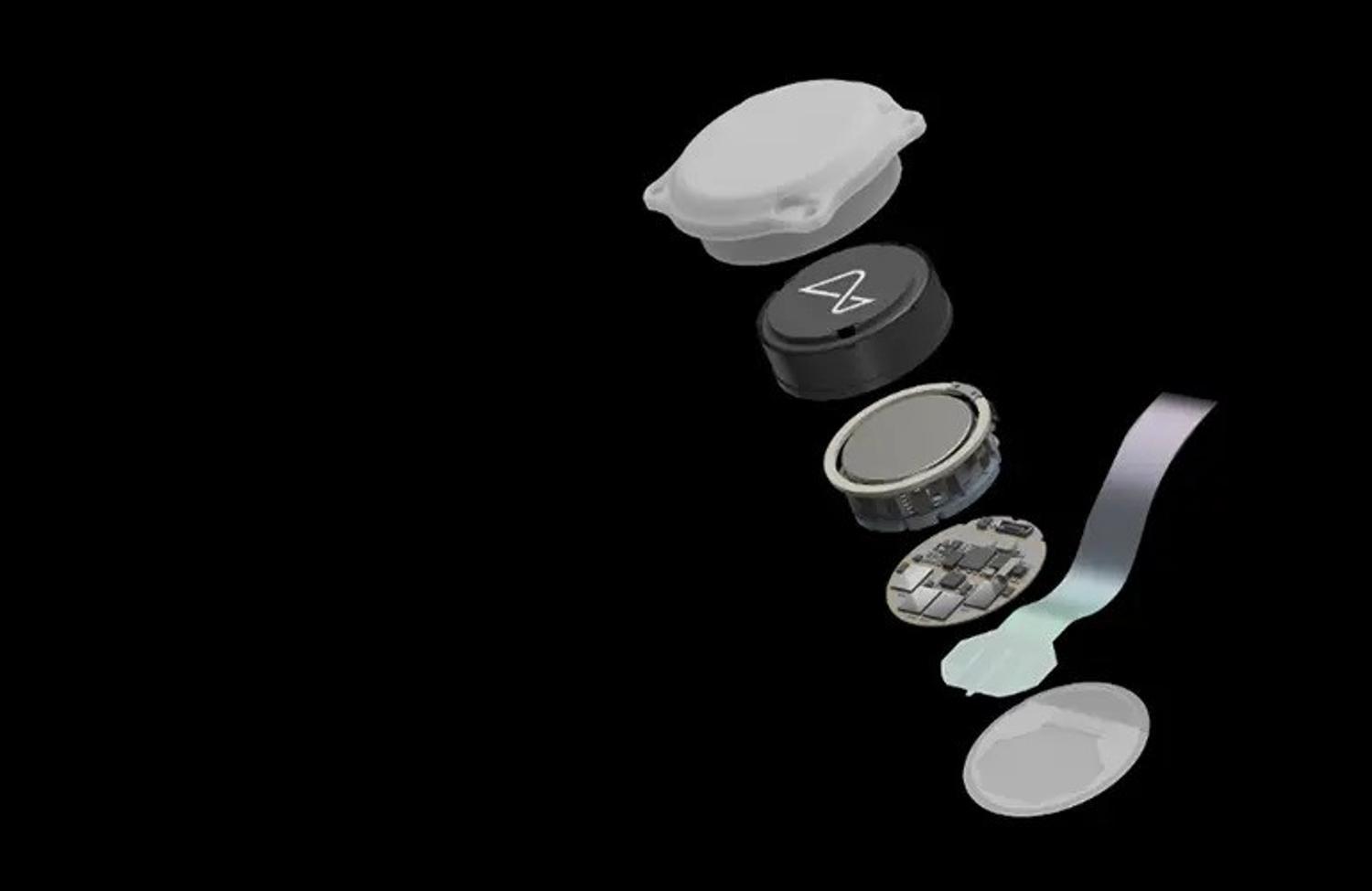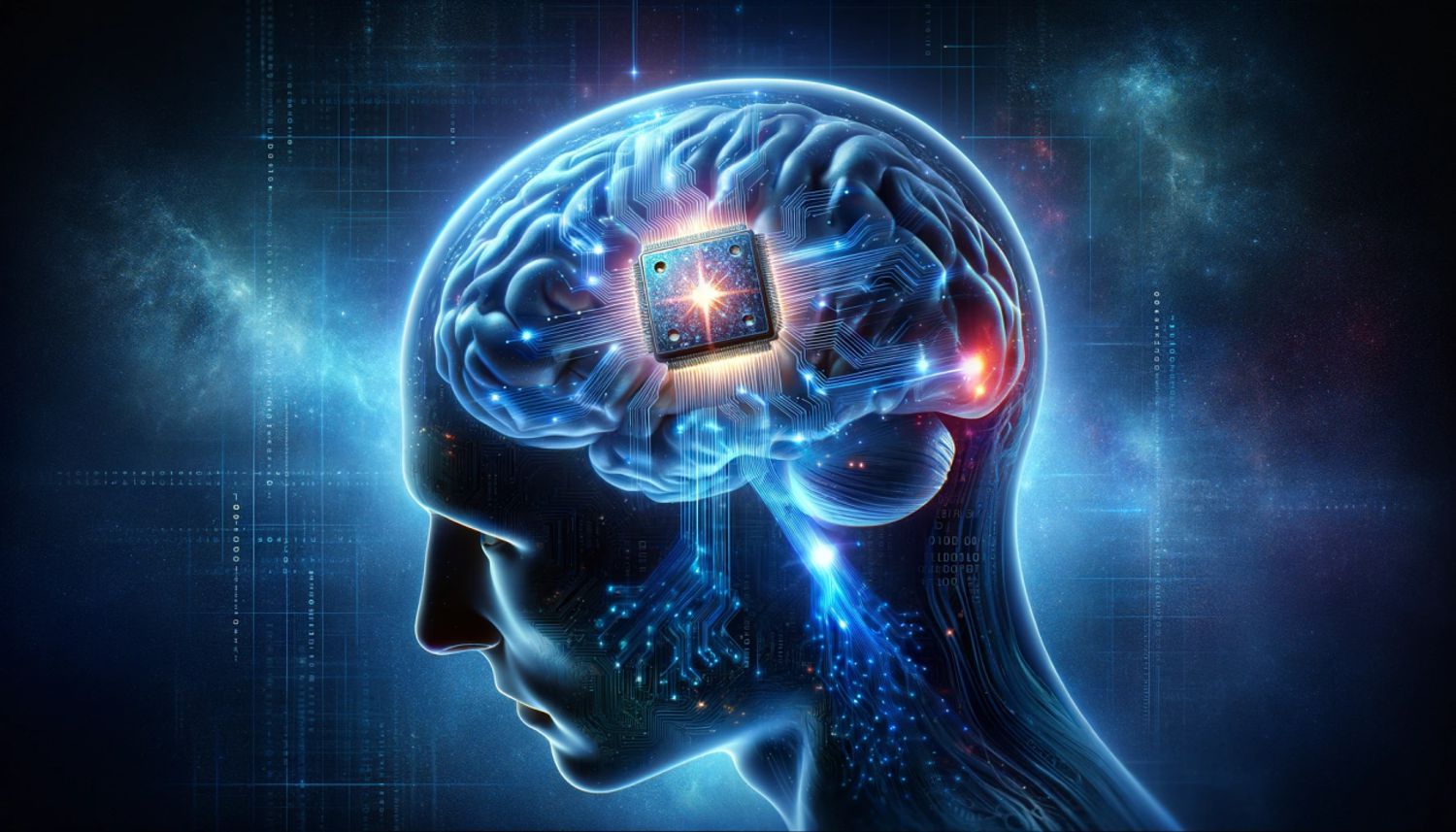In 2016, famous businessman and multi-billionaire Elon Musk started yet another company. This one, Neuralink, planned to create a coin-sized device that would be implanted in the brain, allowing people to communicate with a computer through their thoughts alone.
Over the past eight years, Neuralink has come a long way. In fact, one has now been successfully implanted into a living man’s brain, and it’s working. However, there are reports that the wires of the device have since retracted, causing issues for the test patient, and some are saying Musk already knew this might happen.
What Is Neuralink?

In order to fully grasp the current issues plaguing the Neuralink device, it’s first important to understand what it is and how it works.
The Neuralink is a surgically embedded chip that decodes, stimulates, and sends brain activity to a computer interface. To do so, it uses dozens of wires that are each as thin as a strand of hair to directly connect to the brain and send electrodes to the nearby computer.
A Recent Report States the Wires in the First Human Patient Have Retracted

These wires are absolutely essential for the device to function. However, a recent report explained that some of the wires in the first human patient, Nolan Arbaugh, have retracted and are no longer in the proper position to send the signals.
And now, it’s become clear that Musk and his team unquestionably knew about this issue as it had occurred during the lengthy trials on live animals.
Everything Had Been Going Well for Neuralink’s First Patient

Until the wires retracted, the device had been working exceptionally well for Nolan Arbaugh, the first human patient.
Neuralink reported that Arbaugh, a quadriplegic, was successfully communicating with electronic devices via his Neuralink. He could play video games, such as Mario Kart, and even set a new through-controlled cursor speed record.
Neuralink Said the Wire Malfunction Has Not Negatively Affected Arbaugh’s Process

In a public update of Arbaugh’s experience with Neuralink, the company wrote, “In the weeks following the surgery, a number of threads retracted from the brain, resulting in a net decrease in the number of effective electrodes.”
They continued to explain that, in this case, all they needed to do was modify the recording algorithm to focus on the wires, which were still securely in place. Neuralink even said that with the modifications, the new results have “superseded Noland’s initial performance.”
An Anonymous Neuralink Employee Told the Press This Isn’t a New Problem

After Neuralink announced that Arbaugh’s wires had been retracted, an anonymous employee told the press that this was not the first time such an error had occurred.
Apparently, there had been examples of wire retraction during animal testing, but Musk and his team decided to proceed to human patients without fixing the potentially dangerous problem.
What Happens If the Wires of the Neuralink Are Dislodged?

It’s important to understand that, according to Neuralink, when the wires dislodged, all they had to do was reprogram the device to function without them, but that’s not the only possible result.
If too many wires disconnect from the brain, the chip will be useless as there will not be sufficient signals sent from the brain. Then, a patient would have to have a second surgery, removing the wildly expensive chip, and a third to replace it.
Will Neuralink Fix the Write Retraction Problem Before Going Forward?

So far, Neuralink has not released a statement stating that it is or will be focusing on fixing the retracting wires issue.
However, that doesn’t mean their top-notch scientists and mechanical engineers aren’t doing so behind closed doors. Above all, Neuralink is a business, and if it wants to succeed, it needs to be sure its product functions properly.
There Are Two Options for Neuralink

Essentially, Neuralink has a decision to make: It can either continue with the device as it is and focus its attention on improving the algorithm to function with fewer connected wires when they retract or rebuild the device with sturdier threads.
Both options offer their own set of challenges, and it’s highly likely that Neauralink will keep its plan a secret until it finds the best solution.
Many People Are Worried About the Safety of Neuralink

Although Elon Musk is certainly known as a brilliant businessman, he also has quite a reputation for impulsivity and questionable morals.
Because of the seriousness of the Neuralink device and Musk’s involvement, many people are extremely worried about its safety. And concerns have only increased since Benjamin Rapoport, Neuralink’s co-founder, left the company in May 2024 due to disagreements specifically on safety.
The FDA Is Watching Neuralink Very Closely

Since the Neuralink chip is a medical device, the Food and Drug Administration (FDA) is watching the company closely. The FDA denied the company’s request to begin trials on human patients in March 2023, citing “raised safety concerns.”
But just a few months later, in May, the FDA approved the request, clearly satisfied with the changes made. However, the organization has promised the American people and the world that it is keeping a close eye on Neuralink.
If Neuralink Is Successful, It Will Change Lives

Even though many people, including those in the FDA, are concerned about the safety of the Neuralink brain chip, if the company can figure out how to build and implant this device safely, it will change an infinite number of lives.
The blind may be able to see again, and quadriplegics will be able to write, play games, and, for those who have lost their speech, actually talk to their loved ones. As Nolan Arbaugh has said, “[The Link] has helped me reconnect with the world, my friends, and my family. It’s given me the ability to do things on my own again.”








































